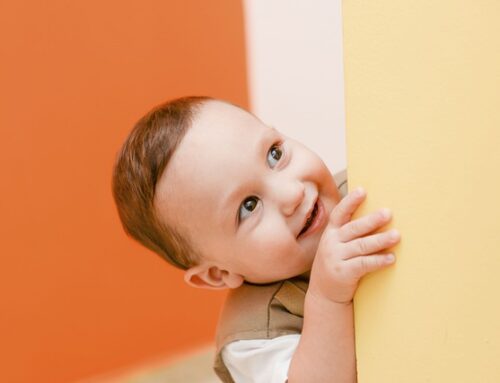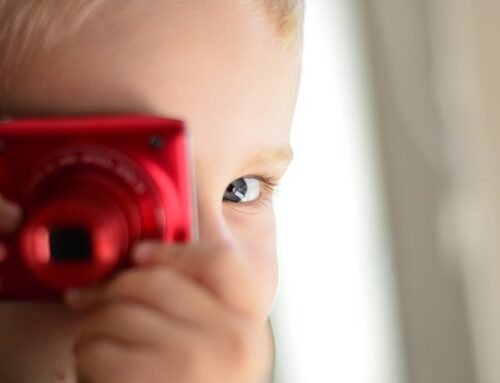The process of gliding typically occurs when a vowel sound is followed by another vowel sound. For example, in English, the word “eye” is pronounced as [aɪ], with the sound of the letter “i” gliding into the sound of the letter “e”. This is known as diphthongization. Another example is the word “cow” which is pronounced as [kaʊ] , with the sound of the letter “o” gliding into the sound of the letter “u” .
Gliding can also occur between two vowel sounds that are not adjacent, such as in the word “beauty” which is pronounced as [ˈbjutɪ], with the sound of “e” gliding into the sound of “u”. This is known as vowel harmony.
Gliding phonological process can also be observed in the speech of second language learners. For example, Spanish speakers learning English may have difficulty pronouncing the English “r” sound, and may instead produce a glide between the vowel sound preceding the “r” and the “r” itself.
Gliding phonological process is a natural aspect of language development and is not considered to be a disorder. However, it can be a source of difficulty for second language learners, as it can make their speech sound less intelligible to native speakers. Speech therapists may work with second language learners to improve their pronunciation of vowel sounds and to reduce the occurrence of gliding in their speech.
In summary, gliding phonological process is a common occurrence in many languages, including English. It occurs when a vowel sound changes to another vowel sound within the same syllable or word. This process can occur in both spontaneous speech and in the pronunciation of words by second language learners. While gliding is a natural aspect of language development, it can be a source of difficulty for second language learners, who may benefit from speech therapy to improve their pronunciation of vowel sounds.




